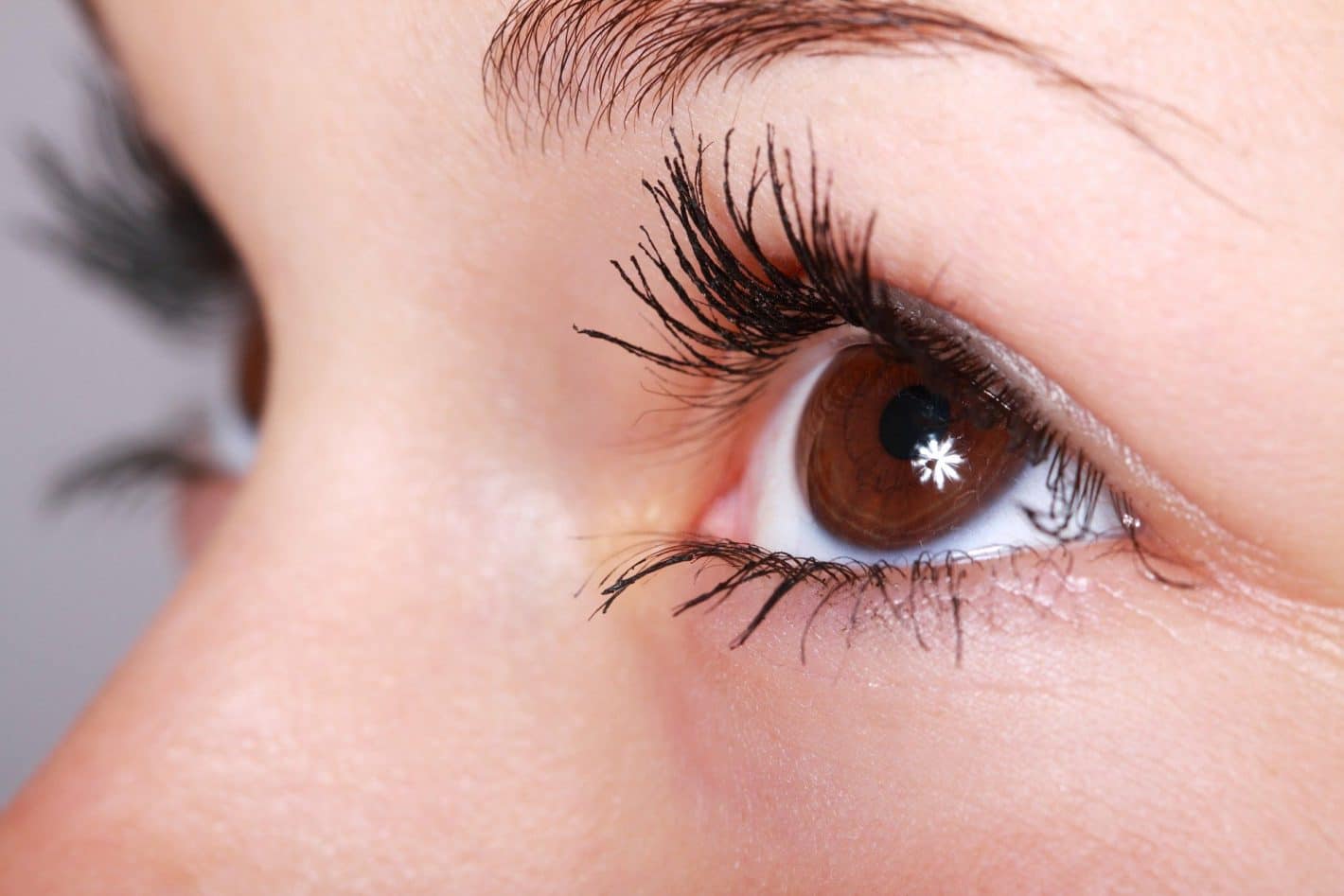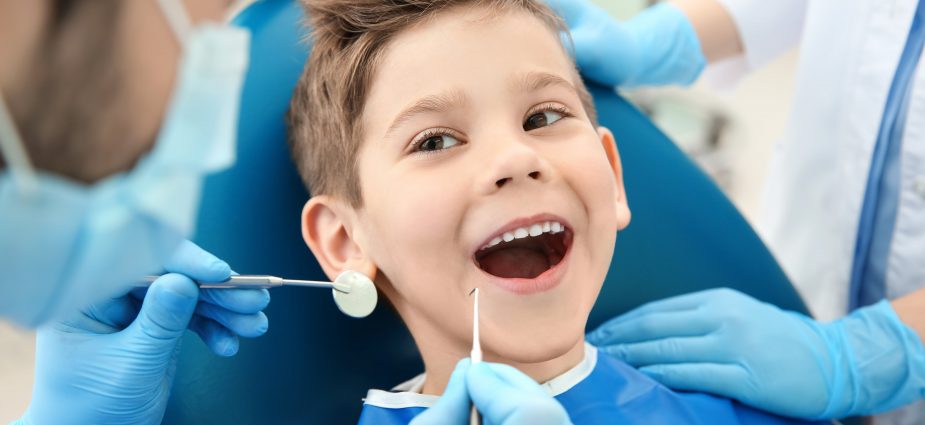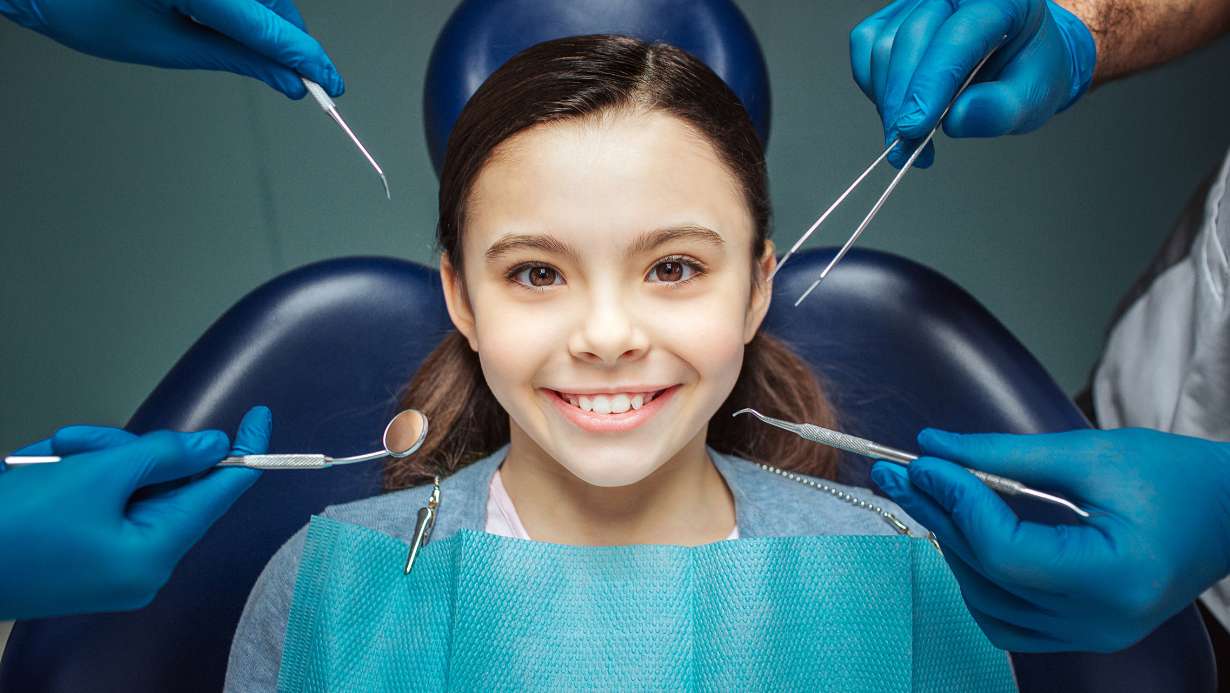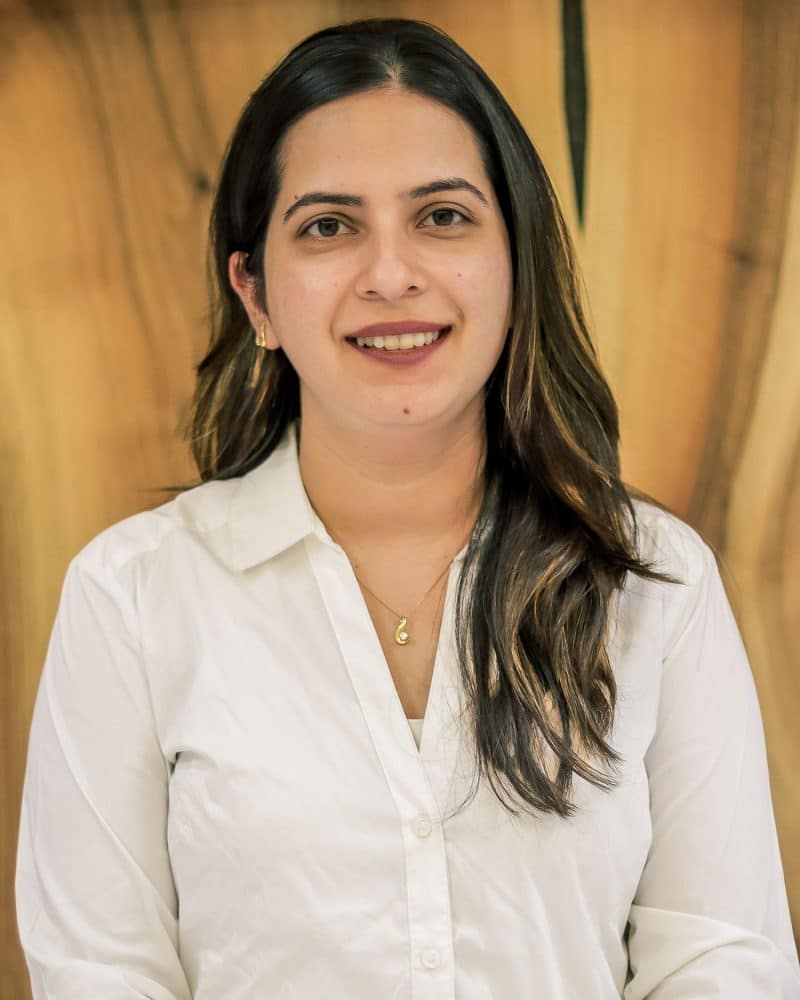Hello there, dear parents! Dr. Pratibha here, and I’m excited to dive into a topic that’s close to my heart – orthodontics. As a pediatric dentist who adores working with kids and ensuring their healthy smiles, I believe it’s essential for parents to have all the information they need to make informed decisions about their children’s oral health. So, let’s embark on this informative journey together, shall we?
Before we dive into the nitty-gritty, let me give you a quick overview of what orthodontics is all about. Imagine a world where dental irregularities are transformed into beautifully aligned smiles. That’s what orthodontics does – it corrects dental and facial issues for improved oral health and aesthetics. Now, let’s peek behind the curtain and explore the two distinct methods within orthodontics: Myofunctional Orthodontics and Traditional Orthodontics.
Let’s start with the classics – traditional orthodontics. This method focuses on aligning teeth and correcting bite issues, ensuring those pearly whites are in their rightful places. Picture braces, wires, and elastics – the trusty tools of the trade. The goal? Gradually coaxing teeth into alignment, just like pieces in a puzzle. Traditional orthodontics often takes center stage during the teenage years when permanent teeth are settling into their final positions. It’s like choreographing a dance routine where every step counts.
Now, here’s where the plot thickens – enter myofunctional orthodontics. Imagine an approach that not only addresses teeth alignment but also takes into account the relationship between oral muscles, facial development, and overall oral health. This approach aims to correct not only teeth misalignment but also improper oral habits, tongue posture, and muscle dysfunctions that can contribute to orthodontic issues. Think of it as a holistic experience where we’re not just aligning teeth, but we’re also nurturing the entire oral ecosystem.
Orthodontics for Crooked teeth, Bite Irregularities
Key Differences Explored
1. Focus and Philosophy: Seeing the Big Picture
Myofunctional Orthodontics: In my practice, I’ve always believed that a healthy smile is more than just straight teeth. Myofunctional orthodontics echoes this sentiment, emphasizing the interplay between oral muscles, proper facial development, and overall oral health. It’s like addressing the roots of a tree to ensure the entire plant thrives.
Traditional Orthodontics: Traditional orthodontics stays true to its roots – it’s all about aligning teeth and correcting bites for functional and aesthetic purposes. It’s like tuning each instrument in the orchestra to play in harmony.
2. Treatment Techniques: Exercises and More
Myofunctional Orthodontics: Imagine a personalized workout plan for your child’s oral muscles. Myofunctional orthodontics includes exercises and therapies that strengthen oral muscles, improve tongue posture, and even refine breathing patterns. It’s a collaborative effort where myofunctional therapists join forces with orthodontists to create a comprehensive treatment strategy.
Traditional Orthodontics: Brace yourselves (pun intended) – braces, wires, and other appliances take the stage here. These tools gently guide teeth into alignment, much like crafting a masterpiece stroke by stroke.
3. Age of Treatment: Early Bird or Late Bloomer?
Myofunctional Orthodontics: Early intervention is the name of the game. We can kick-start myofunctional orthodontics even before all permanent teeth have made their grand entrance. This proactive approach can guide proper facial development and potentially reduce the need for extensive future treatments.
Traditional Orthodontics: Traditional orthodontics typically takes the spotlight once most or all permanent teeth have emerged. While it’s commonly associated with the teenage years, adults seeking orthodontic care can also join the party.
4. Duration of Treatment: A Symphony of Timing
Myofunctional Orthodontics: Timing varies like the tempo of a melody. Early intervention might mean shorter overall treatment times down the road, especially for more complex cases.
Traditional Orthodontics: Patience is the name of the game here. Brace yourself for a treatment journey that lasts from several months to a few years, depending on the complexity of the case and the specific treatment plan.
5. Approach to Malocclusions: Treating the Whole Ensemble
Myofunctional Orthodontics: Think of malocclusions as a multi-dimensional puzzle. Myofunctional orthodontics addresses both dental and facial factors contributing to malocclusions. It’s like conducting an orchestra where every instrument plays a crucial role in the final composition.
Traditional Orthodontics: Traditional orthodontics excels in aligning teeth within the jaw, creating a functional bite and an aesthetically pleasing smile. It’s like composing a beautiful melody by ensuring each note is perfectly in tune.
6. Maintenance and Retention:
Myofunctional Orthodontics: The performance doesn’t end when the curtain falls. Ongoing maintenance involves myofunctional exercises and lifestyle adjustments to ensure those oral muscles stay in tip-top shape.
Traditional Orthodontics: After the spotlight, it’s time for retailers to shine. These post-treatment companions help maintain those corrected tooth positions, preventing any encore performances of misalignment.
Tailoring Orthodontics to Your Child's Unique Needs
In the grand symphony of orthodontic care, both myofunctional orthodontics and traditional orthodontics have their places. The choice depends on your child’s individual needs, the complexity of their orthodontic concerns, and the desired treatment goals. In certain scenarios, a combination of both approaches might be recommended to create a harmonious blend of function and aesthetics.
As a pediatric dentist who thrives on bringing smiles to children’s faces, I’m here to guide you every step of the way. Together, we’ll compose the perfect treatment plan that resonates with your child’s unique needs and sets the stage for a lifetime of confident smiles.
Stay tuned for more insights, tips, and tricks to nurture your child’s dental health. Until next time, keep smiling and embracing the journey of parenthood, one toothy grin at a time!
Virtual Video Consultations
100% SAFE AND SECURE CALLS WITH ENCRYPTION. YOUR PRIVACY AND CONFIDENTIALITY IS GUARANTEED.
Start here, by making an appointment for a virtual consultation with our expert Dr. Pratibha Kukreja Pandit (NEW PATIENTS ONLY).
Dr. Pratibha Kukreja Pandit is available for Virtual Video Consultations from Monday – Saturday between the hours of 11 am – 2pm and 4pm – 7pm.
If you are already our valued patient with questions or have an emergency please contact the clinic on +91 9822053446
Consult Dr. Pratibha Kukreja Pandit
(Pediatric Dentist)
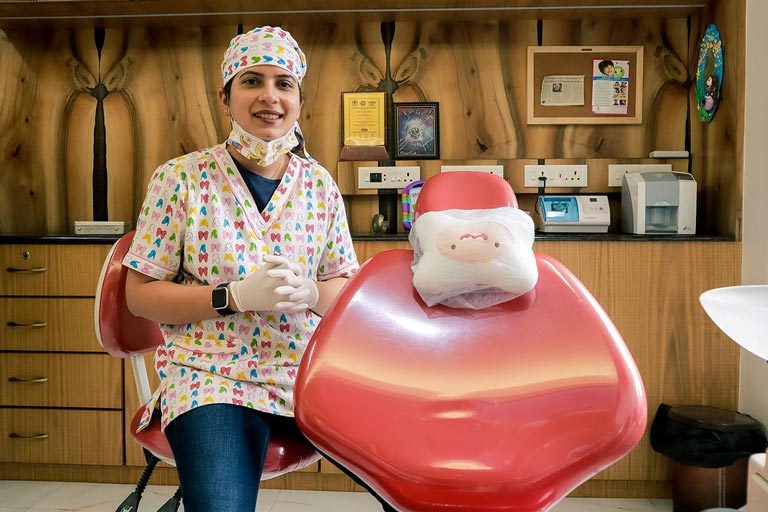
Virtual Video Consultation Fees Rs. 500
The Consultation Fees Must Be Paid Online by GOOGLE PAY BEFORE YOUR APPOINTMENT. See The Instructions On Appointment Confirmations
Your virtual video consultation includes:
- Discussion of problems that your child is facing like tooth pain, swelling or any other emergencies
- Dr. Pratibha will recommend a course of treatment or medications for your child.
Meet the Doctor
Pediatric and Preventive Dentistry Specialist
Dr. Pratibha is the Chief Dentist at Pandit Clinic. She is also a Consultant Pediatric Dentist at Kotbagi Hospital and KEM Hospital, Pune.
Dr. Pratibha has trained at the prestigious Chang Gung Memorial Hospital, Taiwan, in advanced areas including Pediatric dental treatment under General Anesthesia and Intravenous sedation, Dental Rehabilitation of children with special health care needs, and Nasoalveolar molding and dental rehabilitation of cleft lip and cleft palate.
She’s the lifetime member of Student Clinician Association, American Dental Association (SCADA), USA.
Professional Affiliations and Skills
- Trained in Pediatric dental treatment under General Anesthesia and Intravenous sedation at Chang Gung Memorial Hospital, Taiwan
- Trained in Dental Rehabilitation of children with special health care needs at CGMH, Taiwan
- Trained in Nasoalveolar molding and dental rehabilitation of Cleft lip and Cleft Palate at craniofacial centre, CGMH, Taiwan
- Awarded Lifetime membership, SCADA (Student Clinician Association, American Dental Association), USA.
You Might Be Interested In
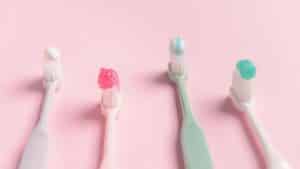
How to Choose a Good Toothpaste for Your Child – Myths and Facts
Protecting your child’s smile starts early, and good oral hygiene plays a vital role. As a parent, you might have questions about choosing the right
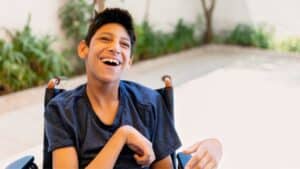
A Guide to Dental Care for Children and Adults with Cerebral Palsy
Hi everyone! I’m Dr. Pratibha Pandit, a pediatric dentist and the Chief Dentist at Pandit Clinic, Dentistry for Children, Teens and Special Needs in Pune.




